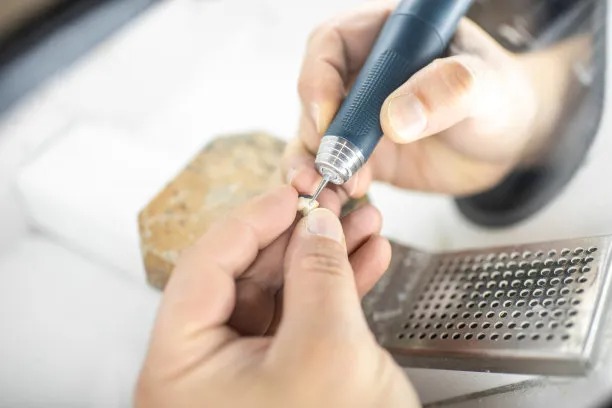Understanding the Process and Recovery After Extracting a Tooth for Optimal Dental Health and Comfort
Summary: Understanding the process of tooth extraction and the subsequent recovery is crucial for maintaining optimal dental health and comfort. This article delves into four essential aspects: the reasons for tooth extraction, the extraction procedure, the recovery process, and tips for ensuring comfort during this time. By learning about these topics, patients can manage their expectations and promote a smoother recovery, ultimately leading to better dental health outcomes. Knowledge empowers individuals, allowing them to make informed decisions for their oral care and well-being.
1. Reasons for Tooth Extraction

Tooth extraction can arise from various dental issues, each necessitating different considerations. One primary reason is severe decay or infection. When a tooth is beyond repair due to extensive decay or an abscess, extraction often becomes the only viable solution to prevent further complications, both for the affected tooth and neighboring teeth.
Another common reason for extraction is overcrowding. In some cases, especially during orthodontic treatment, certain teeth may need to be extracted to create sufficient space for realignment. This is particularly relevant for adolescents whose jaws are still developing.
2. The Tooth Extraction Procedure
The tooth extraction procedure typically begins with a consultation. During this visit, the dentist evaluates the tooths condition and discusses the best course of action, including sedation options to ease anxiety and discomfort for the patient. Many clinics now offer various sedation options to make the process more comfortable for those who may be anxious about dental procedures.
Once in the dental chair, the area surrounding the tooth is numbed using a local anesthetic. In simple extractions, the dentist uses specialized tools to loosen the tooth before gently removing it from the socket. In the case of surgical extractions, an incision may be necessary, often requiring stitches afterward, depending on the complexity of the extraction.
Overall, the procedure generally lasts between 20 to 40 minutes, depending on individual circumstances. Patients may experience some pressure but should feel minimal pain thanks to the anesthetics used. Clear post-operative instructions are given to ensure proper care after the procedure.
3. The Recovery Process
Post-extraction recovery is a critical phase for ensuring optimal dental health. After the extraction, patients typically experience some swelling and discomfort, which can last for several days. It is essential to follow the dentist’s post-operative care instructions carefully to manage pain effectively and reduce the risk of complications.
Most dentists recommend applying ice packs over the cheeks to help manage swelling during the first few hours post-extraction. Pain relief medications may also be prescribed or recommended to help alleviate discomfort during recovery. Staying hydrated and consuming soft foods are important in aiding recovery and avoiding irritation of the extraction site.
Patients should closely monitor their recovery for signs of complications, such as severe pain, excessive bleeding, or unusual swelling. Regular follow-ups with the dentist may also be necessary to ensure proper healing, especially if stitches were involved. Being proactive about your recovery can lead to quicker healing times and better dental outcomes.
4. Tips for Comfort During Recovery
To ensure a comfortable recovery after tooth extraction, following some simple tips can be highly beneficial. First, its vital to avoid using straws and smoking, as these actions can dislodge clots that are crucial for healing, potentially leading to a painful condition known as dry socket.
Maintaining good oral hygiene is also important but should be approached with caution post-extraction. Gentle rinsing with warm salt water can promote healing, but brushing should be avoided directly on the extraction site until it has completely healed.
Lastly, resting adequately and avoiding strenuous activities during the first few days post-extraction will allow the body to heal. Incorporating soft foods into your diet, such as yogurt, mashed potatoes, and smoothies, can help ease discomfort while ensuring proper nutrition during the recovery phase.
Summary: Understanding the process of tooth extraction and recovery allows for better preparation and care. Patients must recognize the reasons for extraction, comprehend the procedure, manage their recovery effectively, and adopt comfort tips to ensure a smooth healing transition. Enhancing personal knowledge can lead to more informed decisions and improved dental health.
This article is compiled by Vickong Dental and the content is for reference only.


